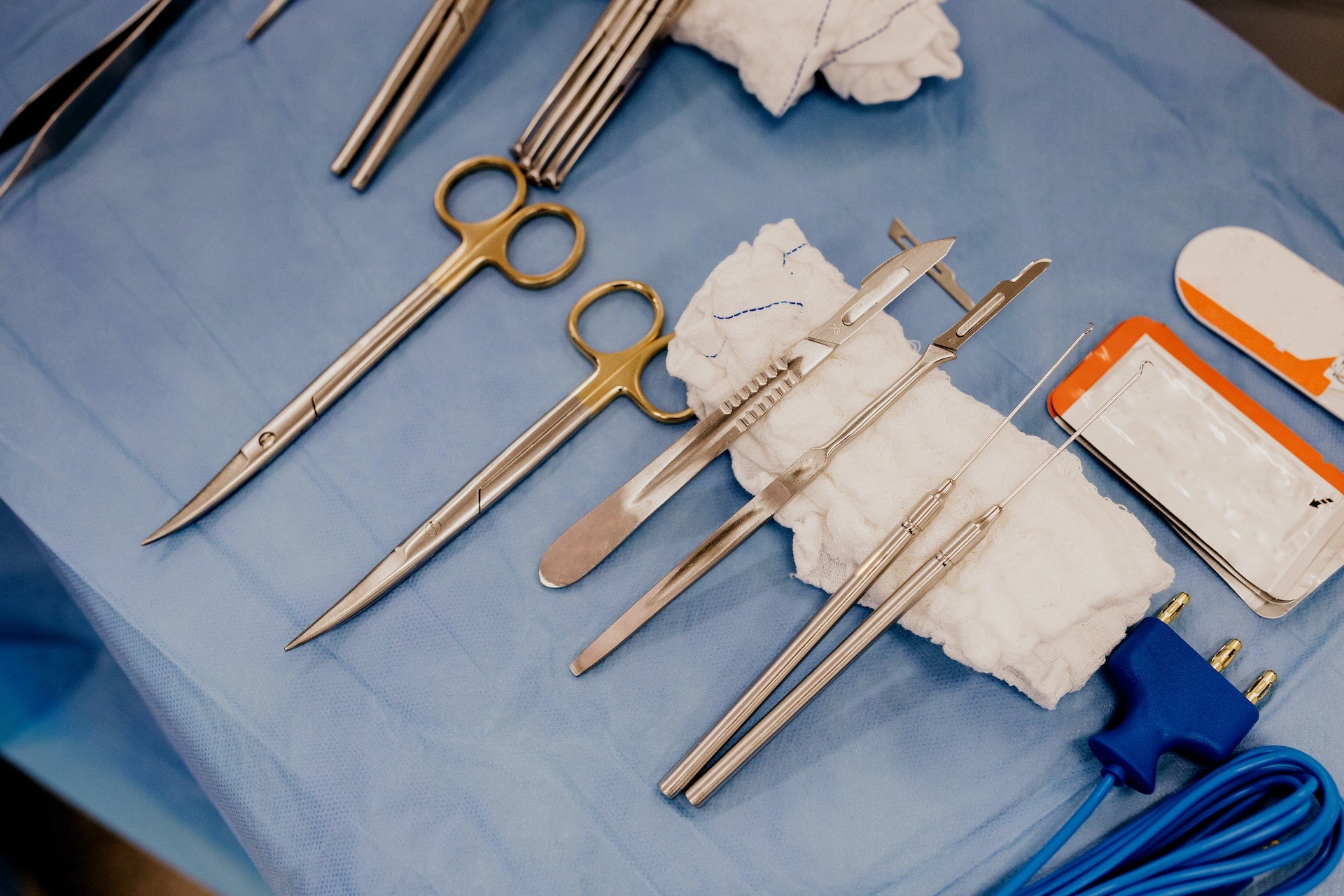

· By Trevor Horne
Surgical Blades: Precision, Reliability, and Safety in Modern Surgical Procedures
The significance of surgical blades in various surgical procedures cannot be underestimated. These essential instruments play a crucial role in enhancing precision, accuracy, and overall outcomes in surgery. ProNorth Medical, a leading medical device and equipment supplier in Canada and the US, offers a comprehensive range of high-quality surgical blades to meet the diverse demands of medical professionals across numerous surgical specialties.
In this educational blog series, we will delve into the world of surgical blades, discussing their types, materials, applications, and selection criteria. We will also explore the key features and benefits of ProNorth Medical's surgical blades and provide insights into proper blade handling, disposal, and infection control techniques to ensure patient safety and enhanced surgical outcomes.
Embark on this informative journey and uncover the importance of surgical blades in modern healthcare, equipping yourself with the knowledge and tools necessary to make informed decisions when selecting and using these vital surgical instruments. By incorporating ProNorth Medical's high-quality surgical blades and adhering to best practices, your surgical practice will be well-positioned to deliver exceptional patient experiences and achieve optimal outcomes consistently.
1: Surgical Blades 101: Types, Materials, and Selection Criteria
Understanding the various types, materials, and selection criteria is essential when it comes to choosing the right surgical blade for a particular procedure. Key factors to consider include:
- Types: Surgical blades come in numerous shapes and sizes, with each type designed for specific surgical applications. Common types include the lancet point, crescent, and hooked blades.
- Materials: Surgical blade materials vary in terms of durability, sharpness, and resistance to corrosion. The two primary materials used are stainless steel and high-carbon steel, with stainless steel being the most popular choice due to its corrosion resistance.
- Selection Criteria: Consider factors such as the surgical procedure, required precision, blade sharpness, and surgeon's preference when selecting the ideal blade for a specific purpose.
2: Key Features and Benefits of ProNorth Medical's Surgical Blades
ProNorth Medical's surgical blades are designed to offer exceptional quality, precision, and safety. Some of the key features and benefits of their surgical blades include:
- Optimal Sharpness: ProNorth Medical's surgical blades are crafted to provide superior sharpness, ensuring precise and controlled incisions during surgery.
- Durability: Constructed from high-quality materials, these blades maintain their sharpness and performance over time.
- Sterility: ProNorth Medical's surgical blades undergo strict quality and sterility controls to ensure patient safety during surgical procedures.
- Compatibility: The blades are compatible with a variety of blade handles, allowing surgeons to use them in conjunction with their preferred instruments.
3: Popular Surgical Blade Applications across Various Surgical Specialties
Surgical blades serve a wide range of applications in various surgical specialties, including:
- General Surgery: Surgical blades are integral tools for making incisions during exploratory surgery, appendectomy, or cholecystectomy procedures.
- Plastic Surgery: Precision is paramount in plastic surgery, and the use of high-quality surgical blades is essential for achieving optimal cosmetic outcomes. Blades are often utilized in procedures such as rhinoplasty, facelifts, and liposuction.
- Orthopedic Surgery: Surgical blades play a central role in orthopedic procedures, enabling surgeons to perform precise bone cuts or joint repairs in treatments such as arthroplasty or fracture fixation.
- Cardiothoracic Surgery: In cardiothoracic surgeries, surgical blades are used for sternotomy incisions and other delicate procedures involving the heart, lungs, and surrounding structures.
4: Proper Surgical Blade Handling, Disposal, and Usage Best Practices
To ensure patient safety and optimal surgical outcomes, it is crucial to adhere to best practices for surgical blade handling, disposal, and usage:
- Handling: Use a needle holder or forceps when handling surgical blades to minimize the risk of injury during blade attachment and removal.
- Blade Attachment: Engage the blade securely within the appropriate blade handle before proceeding with the surgery.
- Use and Disposal: Use single-use, disposable blades whenever possible to minimize the risk of cross-contamination between patients. Follow institutional guidelines and local regulations for proper disposal of used blades.
- Inspection and Maintenance: Regularly inspect reusable blades for signs of wear or damage. Sharpen or replace dull or damaged blades as necessary to maintain optimal performance.
Enhancing Surgical Precision and Patient Safety with ProNorth Medical's High-Quality Surgical Blades
Incorporating ProNorth Medical's high-quality surgical blades into your surgical practice can significantly enhance surgical precision, contributing to improved patient outcomes and safety. By understanding the various types, materials, and applications of surgical blades and adhering to proper handling, disposal, and usage best practices, healthcare professionals can achieve consistent excellence in their surgical procedures.
Invest in ProNorth Medical's surgical blades and elevate your surgical practice's commitment to patient safety and surgical success. Continuously update your knowledge on surgical blades and their applications in various surgical specialties, and stay informed about the latest best practices for handling, disposal, and infection control. Doing so will ensure your practice remains at the forefront of surgical innovation and continues to deliver outstanding patient experiences in the ever-evolving world of healthcare. Trust ProNorth Medical as your medical supplies shop.
